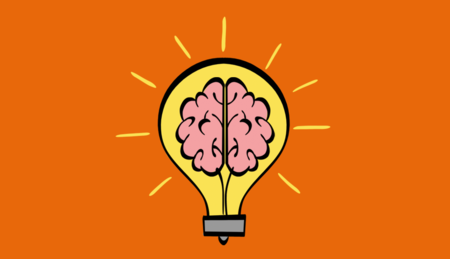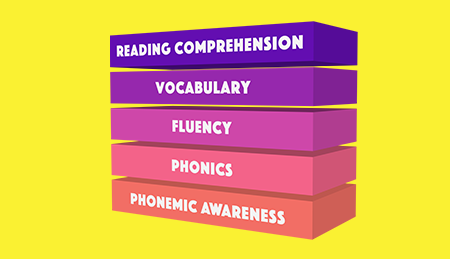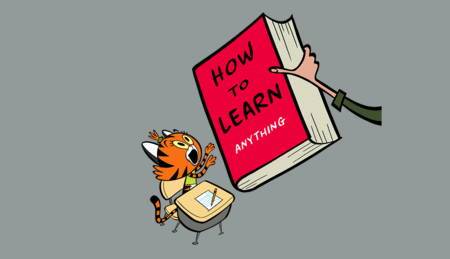Phonological awareness is the awareness of the sounds in spoken words, as well as the ability to manipulate those sounds. Phonological awareness describes the set of skills involved in identifying and using different parts of oral language (e.g. onset-rime and syllables in words, identifying where each word ends in a sentence, etc.). This skill set allows us to understand, recall, and employ sounds at the sentence, word, syllable, and phoneme level. Children with strong phonological awareness can differentiate the sound structures of speech and use those structures.
Phonological awareness is an umbrella term that encompasses both basic levels of awareness of speech sounds, such as rhyming, alliteration, the number of words in a sentence, and the syllables within words, as well as more advanced levels of awareness such as onset-rime awareness and full phonemic awareness (the ability to identify the smallest units of sound in words, the phonemes).
Phonological awareness develops over time, but it is especially important at the earliest stages of reading development. Explicit teaching of phonological awareness is part of systematic synthetic phonics instruction. This skill set is crucial for reading and spelling success, because these skills are central to learning to decode and encode printed words. This is because children need to know which sounds are involved in a word in order to be able to match those sounds to letters when they read or spell.
For example, rub a dub dub involves repetition of the sound /b/ (alliteration). Identifying the same sound in a sentence is part of building phonological awareness.
What is phonological awareness?
Amelia Mehra
Mon, Jun 12, 23
2 minutes read

Deep Dive
Read our report on the Science of Reading. Research-based reading instruction must incorporate the 5 pillars of reading: phonemic awareness, phonics, fluency, vocabulary, and comprehension. This report provides an easy to understand overview of each of these pillars and explains the important connection between how the brain learns to read (the Neuroscience of Reading) and how we teach children to read (The Science of Reading Instruction). It also explains why helping children build connections between letters and sounds, through phonics and phonemic awareness, is so crucial for the developing reading mind. This report is perfect for sharing with colleagues and friends!CCSS ELA Literacy K-2,Foolproof Phonics App,ELA K-2,ELA Kindergarten,ELA 1st Grade,ELA 2nd Grade,
Explore more on
Related Free Resources

The benefits of shared reading according to neu...
Amelia Mehra

What it means to learn words in context
Amelia Mehra

Writing makes you happy
Amelia Mehra

The science of humor: why laughing helps you learn
Amelia Mehra

How does handwriting practice reinforce reading...
Amelia Mehra

What is word consciousness and how can it be bu...
Amelia Mehra

Sight words: The difference between irregular a...
Amelia Mehra

Why don’t children just learn whole words?
Amelia Mehra

The five blocks of the Science of Reading
Amelia Mehra

Why words matter to kids' social development
Amelia Mehra

Teach challenging words early to accelerate lif...
Amelia Mehra

Why word context is crucial for children with d...
Amelia Mehra

Why is teaching vocabulary so important?
Amelia Mehra

Make the most of reading time: advice from a he...
Amelia Mehra

How to help children develop phonological and p...
Amelia Mehra
X


